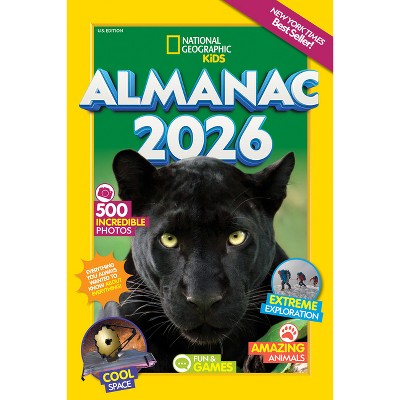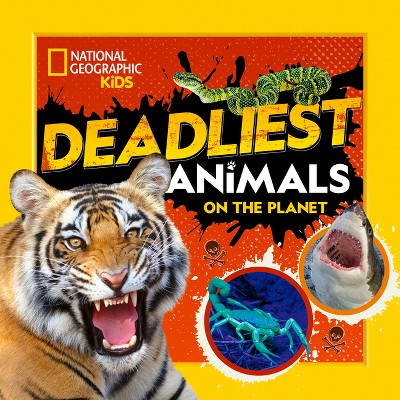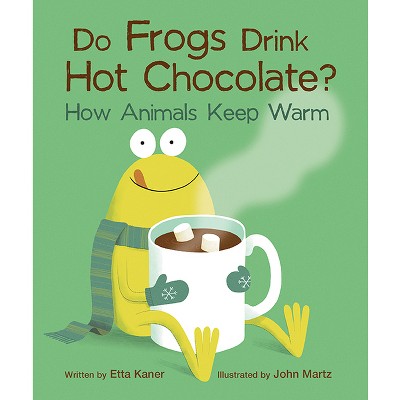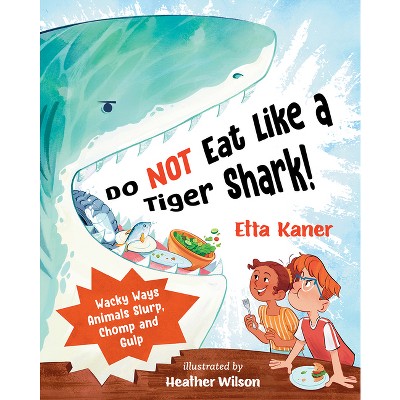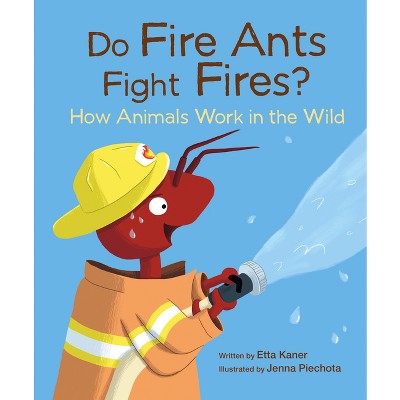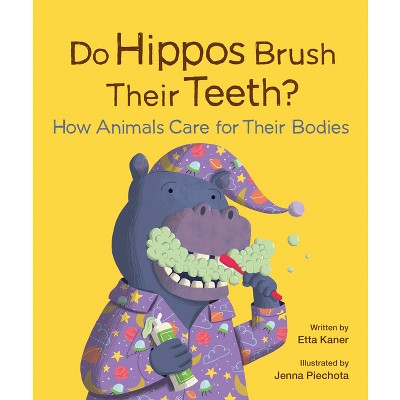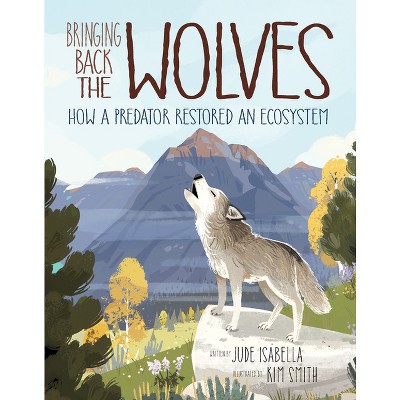Sponsored

Beware the Burmese Pythons - by Etta Kaner (Hardcover)
In Stock
Sponsored
About this item
Highlights
- A kid-friendly introduction to invasive animal species that explores how they got into new ecosystems and the damage they've caused.It might not seem like a big deal when a non-native animal species finds its way to another environment.
- 8-12 Years
- 10.18" x 8.08" Hardcover
- 48 Pages
- Juvenile Nonfiction, Science & Nature
Description
About the Book
"What do cane toads, cats and Burmese pythons have in common? They're invading our ecosystems! Learn about 10 common invasive species from around the world, exploring how they got into new ecosystems and the damage they've caused. With text organized in all kinds of fun ways, from posters to newspaper articles to comic strips, this funny, highly visual book will keep young readers engaged. Each section provides basic information about one invasive animal, including their most distinctive features and where they came from, before telling the story of how they arrived in a new place. Humans, of course, are actually the ones responsible for moving invasive species around the world -- but luckily, we're also trying to solve the problem. Readers will learn about how scientists are working to contain each invasive species and that it is possible to solve environmental issues. Back matter includes sources, a glossary and an index."--]cProvided by publisher.Book Synopsis
A kid-friendly introduction to invasive animal species that explores how they got into new ecosystems and the damage they've caused.
It might not seem like a big deal when a non-native animal species finds its way to another environment. But it can be! Invasive species reproduce quickly and often have no natural predators, allowing them to overtake native species, and even destroy the ecosystem of their new home. Here's an intriguing look at 10 of these species from around the world -- from tiny cactus moths to mighty Burmese pythons -- and the problems they're causing. As each section explains, humans were responsible for bringing all these animals to their new locations. And now it's up to humans to do something about it!
In this unique, highly visual book, Etta Kaner's accessible text and Phil Nicholls's vibrant art reveal a fascinating world of "aliens" that invade new habitats. With two spreads for each animal, the book is chock-full of information, including the animal's features, habitat and invasion route; a narrative describing how it became invasive and why it's become a problem; and a list of ideas for what can be done, ending with the question, "If you were a scientist or conservation officer, what would you do?" The text is presented in fun, eye-catching formats, ranging from comic strips to posters to newspaper articles, keeping the engagement level high and highlighting what scientists are currently doing to solve the problems. There are strong life-science connections here on characteristics of living things, ecosystems and habitats. Contains a glossary, sources, further reading and how to help.
Review Quotes
Beware the Burmese Pythons provides a good look at why invasive animals are a problem, including how the problem was created and what can be done about it.--CM Magazine
For many, [this book] will be a real eye opener, introducing discussion about what can happen when animals are taken out of their natural environment and released, either deliberately or accidentally.--Children's Literature
Playful comics panels ... keep the tone light but emphasize the real damage these animals can do in their non-native habitats ... A strong pick for fans of the popular Science Comics series.--Booklist
Children will be fascinated by some of the animals feats cataloged here and may even be curious to see how well they might do in comparison.--Kirkus Reviews (Praise for And the Winner Is ...)
Whereas most animal books for this age group focus on one particular animal or habitat, this is a good introduction to a broader range and the unusual strengths and abilities that come with it.--Booklist (Praise for And the Winner Is ...)
About the Author
Etta Kaner is the author of many nonfiction books for children, including Wild Buildings and Bridges. When she's not writing or teaching, she loves to read, cook, garden and spend time with her family. She's always on the lookout for invasive species, such as tawny crazy ants, in her garden. Etta lives in Toronto, Ontario.Phil Nicholls is an artist based in Toronto, Ontario. Passionate about animals and wildlife, they strive to make non-fiction books fun and engaging for young readers by creating illustrations filled with humor and personality.
Shipping details
Return details
Guests also viewed
